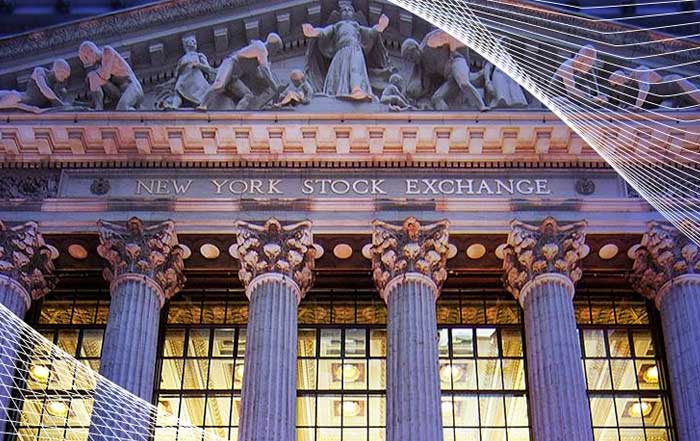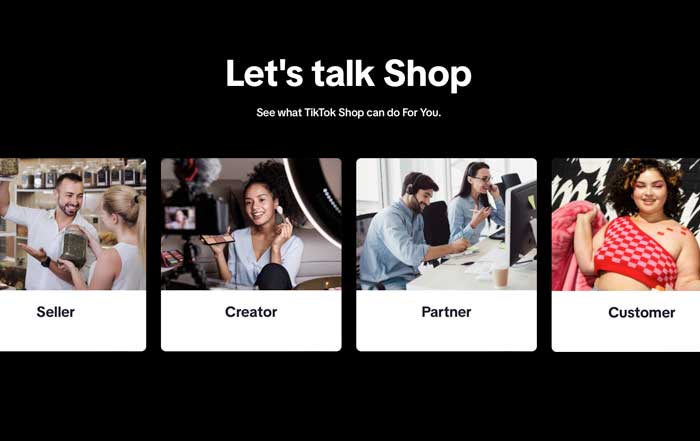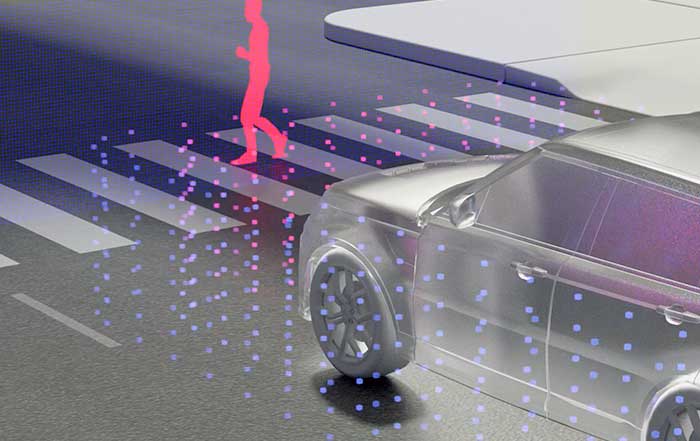Sustainable investing has evolved from being a niche strategy into a mainstream driver of financial decision-making across the Americas. As environmental, social, and governance (ESG) considerations have become increasingly integrated into the frameworks of both institutional investors and private equity firms, the markets in North America and South America now reflect a fundamental shift in capital allocation. With the year 2025 marking a period of economic rebalancing, energy transition, and heightened global attention to sustainability, the opportunities and challenges in sustainable finance across these regions are more pronounced than ever.
In both continents, the intersection of climate policies, investor expectations, technological innovation, and shifting consumer behaviors is creating a financial ecosystem where ESG is not simply an ethical concern but a material factor in long-term value creation. While the United States and Canada lead in regulatory frameworks and capital markets integration, countries such as Brazil, Chile, and Colombia in South America are advancing renewable energy, carbon markets, and sustainable agriculture initiatives. This dual momentum is redefining the structure of sustainable investing across the Western Hemisphere.
The Evolution of Sustainable Finance in North America
United States: From Voluntary Principles to Regulatory Enforcement
The United States has witnessed a significant transformation in sustainable investing. Once criticized for lagging behind Europe, the U.S. has made substantial progress, particularly as large asset managers like BlackRock, Vanguard, and State Street expanded their ESG portfolios. Institutional adoption has been reinforced by the Securities and Exchange Commission (SEC), which continues to increase oversight of ESG disclosures to combat greenwashing and ensure standardized reporting.
Learn more about the broader role of artificial intelligence in financial markets, which is also being used to improve ESG data verification.
Corporations are now expected to disclose their climate-related risks in line with frameworks such as the Task Force on Climate-Related Financial Disclosures (TCFD) and the Sustainability Accounting Standards Board (SASB). These reporting requirements have pushed U.S. companies to better quantify emissions, resource usage, and governance structures, providing investors with more reliable datasets to guide capital flows.
Furthermore, private equity firms and venture capital players in Silicon Valley and New York have increasingly turned toward sustainable ventures, ranging from clean energy startups to climate-focused fintech platforms. This evolution underscores the blending of innovation, investment, and sustainability in shaping the financial ecosystem.
Canada: Energy Transition and Natural Resources
Canada, with its abundance of natural resources, has a distinct role in sustainable investing. The country faces the challenge of balancing its traditional oil and gas sector with a strong national commitment to achieving net-zero emissions by 2050. Canadian pension funds, including the Canada Pension Plan Investment Board (CPPIB), have become leading global advocates of sustainable finance, integrating ESG strategies across their multi-trillion-dollar portfolios.
Significant capital is now flowing into clean energy, carbon capture and storage, and sustainable mining projects. This reflects Canada’s competitive edge in developing responsible resource management practices while advancing its role as a global supplier of critical minerals essential for renewable technologies.
Read more about banking and investment strategies that shape the future of sustainable resource allocation.
Sustainable Investing in the Americas
Explore key regions, trends, and opportunities
Market Evolution
Sustainable investing has evolved from niche strategy to mainstream driver across North and South America, with ESG principles now integrated into major financial decisions and regulatory frameworks.
South America: A Continent of Emerging Sustainable Opportunities
Brazil: The Giant of Renewable Energy
Brazil is at the forefront of sustainable investing in South America, thanks largely to its renewable energy dominance. With over 80% of its electricity coming from renewable sources, primarily hydropower, and an ambitious expansion into wind and solar energy, Brazil is positioning itself as a clean energy powerhouse. The growth of green bonds issued by Brazilian banks and corporations reflects a commitment to financing sustainability.
Additionally, the protection of the Amazon rainforest has become a central theme in attracting ESG-conscious investors. International financial institutions are increasingly tying investment conditions to environmental safeguards, ensuring that Brazilian companies adopt stronger commitments to deforestation reduction.
Chile: The Lithium Capital of the World
Chile’s global significance in sustainable investing stems from its vast lithium reserves, critical for electric vehicle (EV) batteries. With global automakers such as Tesla and BYD ramping up EV production, Chile’s role in supplying sustainable battery inputs cannot be overstated. The country has also made progress in implementing renewable energy policies, with solar power in the Atacama Desert representing one of the most advanced renewable grids in Latin America.
Investors are closely watching government policies on mining regulations and environmental standards, as these directly influence the attractiveness of Chilean investments. By aligning its mining industry with ESG standards, Chile could serve as a blueprint for resource-driven sustainability in emerging economies.
Colombia and Beyond: Green Finance for Stability
Colombia, traditionally reliant on fossil fuels, is transitioning toward renewable energy with substantial international support. Multilateral development banks and global investment funds are channeling capital into wind and solar projects, particularly in rural regions that require infrastructure development. Similarly, countries like Peru and Uruguay are increasing their participation in green bond markets, signaling a regional trend toward financial innovation in sustainability.
Explore how sustainable projects connect with the broader global investment landscape, which increasingly prioritizes resilience and long-term value.
Convergence and Divergence: North vs. South America
While North America leads in regulatory oversight, capital availability, and advanced ESG analytics, South America’s advantage lies in its natural resources, renewable potential, and biodiversity. The convergence is clear: both continents see sustainable investing as not only an ethical imperative but also a source of competitive advantage. However, divergence remains in governance, policy consistency, and investor confidence, especially where political instability or environmental controversies arise in parts of South America.
The interplay between these regions suggests an opportunity for cross-continental collaboration. North American institutional investors are already allocating significant capital to Latin American green bonds, renewable infrastructure, and carbon markets. Meanwhile, South American nations are eager to attract long-term capital by demonstrating commitments to ESG principles.
For deeper insights into how global economic frameworks are shaping these flows, it is essential to analyze the broader structural shifts occurring worldwide.
Technology and Innovation as Catalysts
Digital transformation and technological innovation are playing a central role in making sustainable investing more transparent and scalable. Artificial intelligence, blockchain, and big data analytics are being applied to ESG reporting, carbon credit verification, and impact measurement. These tools enhance accountability and help investors differentiate between genuinely sustainable companies and those engaged in greenwashing.
For example, blockchain technology is increasingly used in Latin American carbon credit markets to verify the authenticity of offsets tied to rainforest preservation or renewable energy projects. Similarly, in North America, AI-driven platforms are helping financial institutions measure environmental risk exposure across portfolios in real-time.
This intersection of finance and technology illustrates how sustainability is reshaping both technology innovation and investment strategies.
Stock Markets as Drivers of Sustainable Finance
The integration of sustainability into stock markets across the Americas has become a defining feature of financial ecosystems. The New York Stock Exchange (NYSE) and NASDAQ have seen a surge in ESG-linked listings, with companies that prioritize sustainable practices gaining both investor attention and higher valuations. Exchange-traded funds (ETFs) tied to ESG benchmarks are now among the fastest-growing financial products in the U.S., reflecting the growing appetite of institutional and retail investors alike for portfolios that align with environmental and social priorities.
In Canada, the Toronto Stock Exchange (TSX) has similarly expanded its role in sustainable investing, particularly with resource and energy companies that are diversifying into green technologies. Initiatives such as mandatory climate-risk disclosures for listed companies reinforce Canada’s broader climate commitments and provide investors with transparency to make informed decisions.
In South America, exchanges such as B3 in Brazil and Bolsa de Comercio de Santiago in Chile have developed sustainability indices that encourage companies to improve ESG practices in order to attract global capital. The introduction of green bond markets and ESG indices in Latin America has positioned the region as a rising player in the sustainable investment landscape. Investors from North America and Europe are increasingly turning to these markets for diversification and long-term growth potential.
For more insights into sustainable finance, review the evolving stock markets landscape, which is closely tied to ESG integration.
Employment and Workforce Transformation
Sustainable investing is not just about capital flows—it is reshaping labor markets across the Americas. In the U.S., green employment opportunities have expanded rapidly, particularly in renewable energy, electric vehicle (EV) manufacturing, and sustainable finance roles. Government initiatives such as the Inflation Reduction Act have accelerated investments in clean energy infrastructure, spurring demand for engineers, technicians, and project managers with expertise in sustainability.
Canada has mirrored this trend with its push for a “just transition,” ensuring that workers from traditional oil and gas industries are retrained for roles in wind, solar, and carbon capture sectors. These policies demonstrate how sustainable investment strategies can drive both environmental progress and employment growth.
In South America, the employment dimension is equally transformative. Brazil’s renewable sector has created thousands of jobs in wind and solar power, while Chile’s lithium boom has generated demand for skilled labor in mining, processing, and technology development. Colombia’s shift toward renewable energy projects in rural regions has also enhanced employment stability in areas previously reliant on extractive industries.
Learn more about the direct connection between employment trends and sustainable investing initiatives.
Case Studies of Leading Companies
Tesla and BYD in the Americas
Tesla, headquartered in the United States, remains a symbol of sustainable investing due to its leadership in EV innovation and its expansion into energy storage and solar technology. As Tesla continues to scale production across the Americas, its presence in South American raw material supply chains, particularly lithium in Chile, highlights the interconnectedness of sustainable finance across continents.
Chinese automaker BYD has also expanded its operations in Brazil, becoming a major investor in EV manufacturing and battery supply chains. This highlights how foreign direct investment, tied to sustainability objectives, is reshaping South American industries and attracting global investors.
Canadian Pension Funds and Global Influence
Canadian pension funds, such as Ontario Teachers’ Pension Plan and CPPIB, have emerged as global leaders in sustainable finance. By prioritizing ESG in their global portfolios, these funds not only influence Canadian corporate governance but also direct billions toward infrastructure and renewable projects across Latin America, Africa, and Asia. Their global reach demonstrates how North American capital is shaping sustainable growth worldwide.
Natura &Co in Brazil
In South America, Natura &Co, the Brazilian cosmetics giant that owns Avon and The Body Shop, has become a case study in sustainable business models. Known for its ethical sourcing from the Amazon and transparent supply chain practices, Natura has successfully aligned profitability with environmental stewardship, making it an attractive stock for ESG-conscious investors.
Explore how sustainability is reshaping business models and creating value for both companies and investors.
Long-Term Financial Implications of ESG Integration
The expansion of ESG principles in North and South America is not without challenges, but the long-term financial implications are substantial. By incorporating sustainability, companies and investors mitigate risks tied to climate change, regulatory shifts, and reputational damage. More importantly, ESG integration has proven to enhance resilience during economic downturns, as companies with strong governance and sustainable practices often outperform traditional peers during crises.
Institutional investors now view ESG not as a separate strategy but as a core risk-management tool. In the U.S., sustainable funds have consistently delivered competitive returns, while in Latin America, projects tied to renewables and sustainable agriculture have shown greater resilience against commodity volatility. This convergence underscores how ESG is reshaping the definition of fiduciary duty and long-term financial performance.
For additional insights, explore the broader economy and investment frameworks that highlight ESG as a cornerstone of future financial planning.
Challenges Ahead
Despite significant progress, sustainable investing in the Americas faces structural challenges. In North America, political polarization in the United States has led to debates over ESG mandates, with some states pushing back against mandatory ESG integration. Canada’s reliance on natural resource exports continues to create tensions between economic growth and sustainability objectives.
In South America, political instability, inconsistent regulatory frameworks, and infrastructure gaps remain barriers to attracting long-term sustainable capital. Deforestation in Brazil and regulatory uncertainty in Chile’s mining sector pose risks to investor confidence. Additionally, smaller economies in the region struggle to establish the governance structures needed to compete for international ESG-driven funds.
Nonetheless, the trajectory remains positive, as the financial logic of ESG investing continues to outweigh the challenges, especially in a world increasingly vulnerable to climate risks and societal demands for corporate responsibility.
The Future of Sustainable Investing in the Americas
Looking ahead, the future of sustainable investing in North and South America will be shaped by several critical factors:
Policy Alignment: Governments must continue to develop coherent policies that attract and protect sustainable capital. International frameworks, such as the Paris Agreement, will remain central in guiding these policies.
Technological Innovation: Breakthroughs in artificial intelligence, renewable energy storage, and carbon capture will enhance the scalability and profitability of sustainable projects.
Investor Collaboration: Cross-border investment between North American institutions and South American projects will create deeper integration of ESG principles across the hemisphere.
Global Competition: The Americas will need to maintain competitiveness against Europe and Asia, where ESG integration is already deeply embedded.
The Americas stand at the intersection of financial innovation, resource abundance, and societal demand for change. For investors, this presents an unparalleled opportunity to combine profitability with sustainability, ensuring that capital allocation today drives long-term resilience for tomorrow.
Discover more about ongoing sustainable business trends and how they shape the global financial system.
Closing
Sustainable investing in North and South America is no longer an optional trend but a structural evolution of the financial system. With stock markets embedding ESG principles, employment landscapes reshaping around green opportunities, and pioneering companies proving the profitability of sustainability, the trajectory is clear: sustainable investing is set to dominate capital markets across the hemisphere.
For readers of business-fact.com, the lesson is evident: understanding sustainable finance is not merely about ethics or environmental concerns, but about anticipating the economic foundations of the future. By analyzing trends in both North and South America, it becomes possible to see how capital flows, regulatory frameworks, and corporate strategies are converging to redefine investment for decades to come.









Social Media Platform Comparison Tool
Explore and compare major social media platforms for your business strategy
Key Metrics Comparison